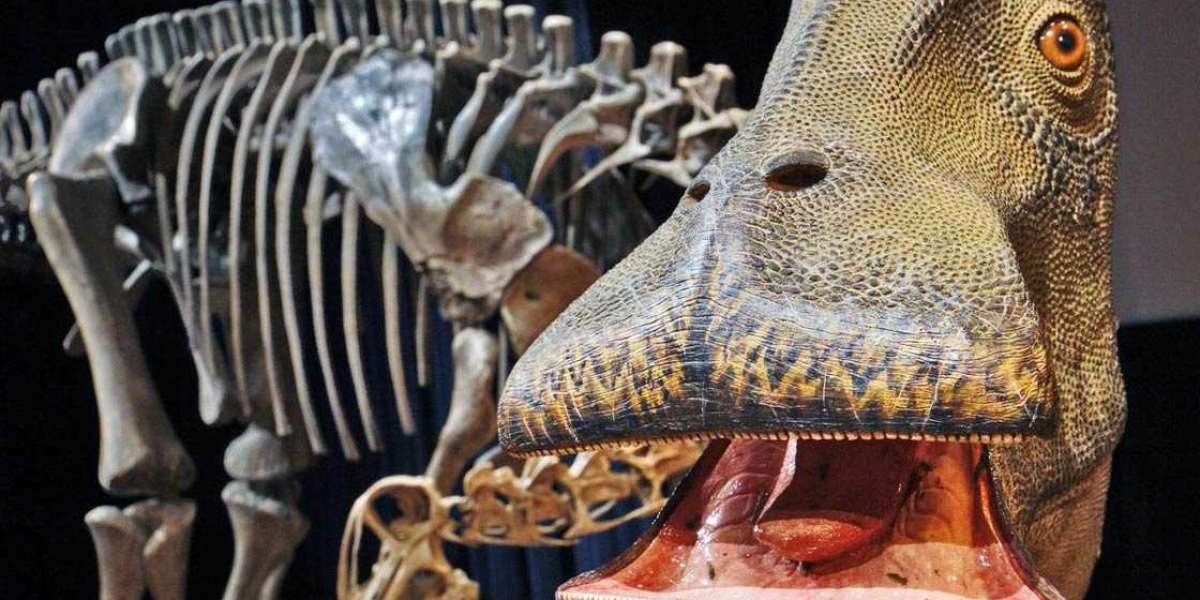What Does a Dinosaur with 500 Teeth Look Like?
When we talk about a dinosaur with 500 teeth, the creature in question is likely to be one of the larger herbivorous or carnivorous dinosaurs, with a specialized set of teeth for feeding. One of the most well-known examples is the Nigersaurus, a sauropod dinosaur that lived during the Cretaceous period around 115 to 105 million years ago. This dinosaur, often referred to as the “Mesozoic cow,” is famous for its jaw, which contained up to 500 teeth arranged in a unique pattern.
Unlike modern animals, which typically have a set number of teeth that grow in a recognizable pattern, the teeth of the dinosaur with 500 teeth were specialized for constant replacement throughout its life. As the Nigersaurus fed on vegetation, particularly soft plants, it relied on this impressive number of teeth to process large quantities of plant material.
Why Did the Dinosaur Have 500 Teeth?
The sheer number of teeth in the mouth of the Nigersaurus was an evolutionary adaptation. Having 500 teeth allowed the dinosaur to continually graze on vegetation without worrying about tooth wear. As herbivores, these dinosaurs needed to consume vast amounts of plants to sustain their enormous bodies. The design of their teeth helped them process the tough, fibrous plants efficiently, ensuring they could survive and thrive in their environment.
What Makes the Teeth of the Dinosaur So Special?
The teeth of the dinosaur with 500 teeth were not only numerous but also uniquely shaped. These teeth were arranged in rows, with the dinosaur's jaw having a wide and flat surface that allowed for efficient grazing. In fact, the Nigersaurus is often described as having a mouth similar to that of a modern-day lawnmower, able to quickly and effectively clip vegetation close to the ground.
The teeth were also continually replaced throughout the dinosaur's lifetime. This regenerative process allowed it to maintain a fully functional set of teeth for its entire life, as new teeth would grow in as old ones wore down or broke off.
Conclusion
The dinosaur with 500 teeth, specifically the Nigersaurus, remains one of the most fascinating examples of prehistoric adaptations. Its ability to maintain such a large number of teeth throughout its life highlights the incredible ways in which dinosaurs evolved to meet the challenges of their environments. As we continue to study these ancient creatures, we gain a deeper understanding of their lives and the ecosystems they once inhabited. The story of the dinosaur with 500 teeth is just one of the many extraordinary tales from the age of dinosaurs that continues to captivate our imaginations today.
 Meet Ups
Meet Ups
 Experiences
Experiences
 Learning Center
Learning Center
 Accommodation
Accommodation
 Roomie
Roomie
 Ride
Ride
 Spread the Word
Spread the Word
 Student Bazaar
Student Bazaar
 Jobs
Jobs
 Blogs
Blogs
 About StudentInsta
About StudentInsta

